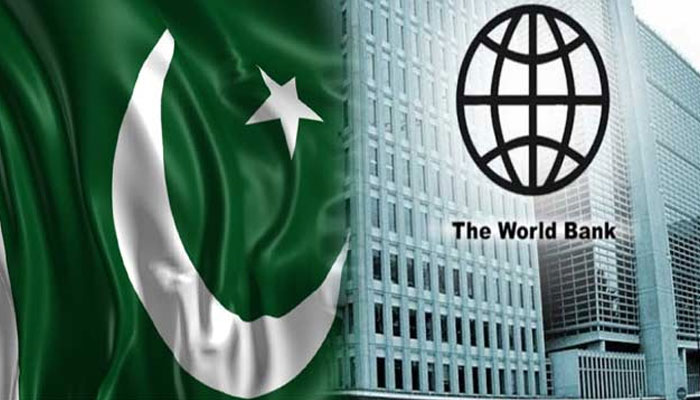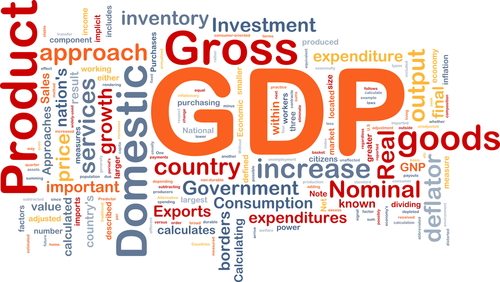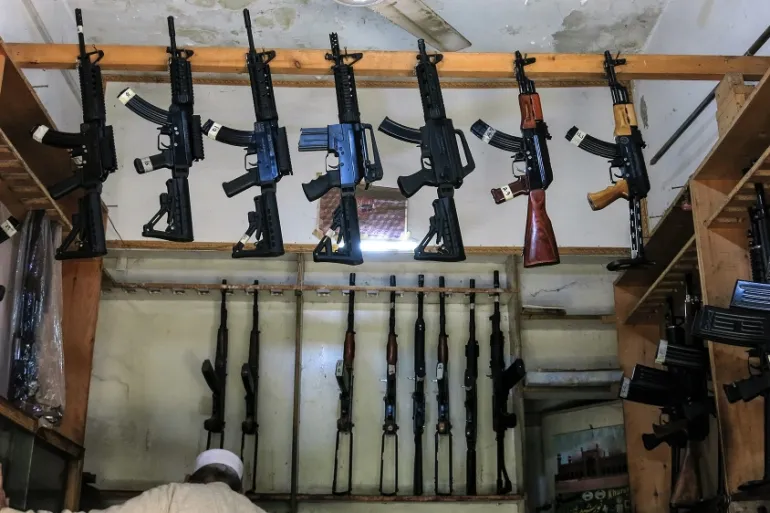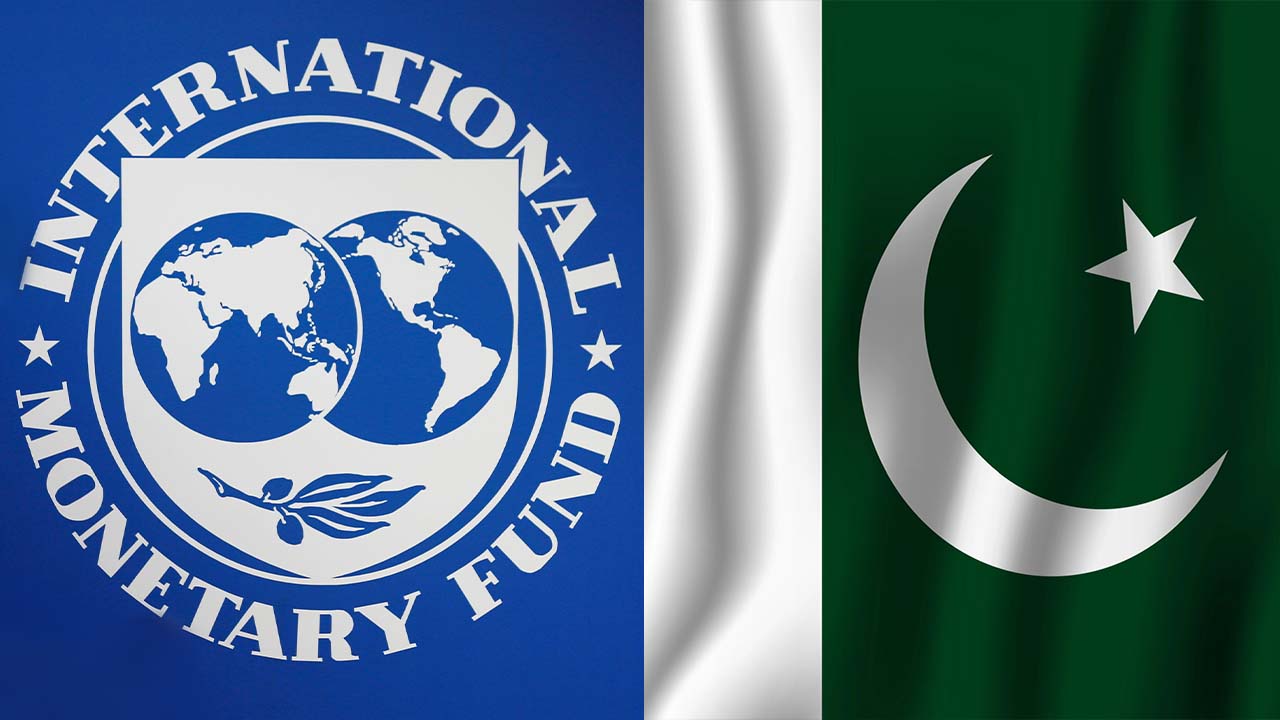Arshad Mahmood Awan
While both the United States and Russia publicly acknowledge the need for a ceasefire and a permanent resolution to the ongoing war in Ukraine, their fundamental differences on what such a settlement should look like continue to hinder progress. Despite discussions between US and Russian officials, including a recent meeting in Saudi Arabia, there remains a significant gap in their positions, making a swift resolution seem increasingly unlikely. While these discussions may represent a small step toward de-escalation, the underlying issues remain unresolved, and both sides appear unwilling to make the necessary compromises for peace.
Recent reports suggest that US and Russian diplomats have met in Saudi Arabia to discuss a potential ceasefire in the Black Sea region. However, this has not been a primary battleground in the war. In the grand scheme of the conflict, a ceasefire in this specific area is little more than a symbolic gesture—a move to build trust and encourage further dialogue. The Black Sea holds strategic importance, but it has not been the focal point of direct combat between Russia and Ukraine. Therefore, any ceasefire here would likely serve as a stepping stone for broader discussions, but it does little to address the heart of the conflict.
Even this modest step toward de-escalation appears to be faltering. Trust between the parties remains fragile, and neither side seems ready to engage in meaningful compromises that could lead to a lasting peace settlement. A ceasefire, while necessary for easing immediate tensions, does not guarantee that the wider conflict will ease anytime soon. It is clear that the broader issues at stake between the two powers—territorial claims, military strategy, and international alliances—remain unaddressed.
At the core of the impasse lies a profound disagreement over the war’s ultimate outcome. Russia’s demands are firm and uncompromising. Moscow insists that Ukraine must be permanently barred from joining NATO, a key objective that reflects Russia’s broader geopolitical ambitions and security concerns. The Russian government views NATO’s eastward expansion as a direct threat to its sphere of influence and security interests. For Russia, any resolution that does not address NATO expansion would be unacceptable.
Furthermore, Russia insists on the formal recognition of the territories it has annexed, including Crimea, parts of Donetsk, and Luhansk. Despite international condemnation, Russia has firmly established its military presence in these areas, and abandoning these territorial gains is seen as politically unfeasible. Given the current military dynamics on the ground, with Russian forces entrenched in various regions, Moscow has little incentive to concede any of the territories it now controls. From Russia’s perspective, a ceasefire agreement that does not acknowledge these territorial acquisitions would be seen as a defeat.
Meanwhile, the Western response, particularly from the United States and European nations, is far from unified. While the US has been a strong supporter of Ukraine, both militarily and economically, there are signs of divergence between American and European strategies. Some European countries advocate for extending support to Ukraine, even without the backing of the United States. However, this presents a significant challenge, as European defense capabilities are far weaker than those of the US. The European defense industry lags behind the US in terms of resources, technology, and military infrastructure, making it difficult for Europe to independently sustain the war effort in the long term.
Pl subscribe to the YouTube channel fo republicpolicy.com
This divergence raises questions about the West’s long-term strategy in the conflict. While the US has been clear in its support for Ukraine, some European voices seem willing to continue the conflict even if it causes further damage to Ukraine’s economy and civilian population. There is a growing sense in certain European capitals that prolonging the war could weaken Russia and ultimately lead to a more favorable peace settlement, but this approach disregards the cost in human lives and the growing risks of regional instability.
Such divisions between Europe and the US complicate the path toward a unified Western response, which is essential for exerting pressure on Russia to engage in meaningful peace negotiations. Without a cohesive strategy, the West risks losing leverage in the negotiations and may inadvertently prolong the war, leading to more suffering and instability.
Given the deep-rooted disagreements and competing objectives of the US, Russia, and European nations, the prospect of a swift resolution seems remote. The battlefield continues to dictate the terms of engagement, with neither side willing to make the necessary compromises to bring about a peaceful settlement. Russia, entrenched in its territorial claims, is unlikely to back down, while Ukraine remains determined to regain its lost territory and secure its sovereignty.
On the other hand, the West’s approach to the conflict is increasingly complicated by internal divisions. The lack of alignment between the US and European powers raises doubts about the effectiveness of their collective response. If the West cannot present a unified front, it will struggle to pressure Russia into making meaningful concessions.
Moreover, as the war drags on, both sides have become more entrenched in their positions. The conflict has evolved into a war of attrition, with each side seeking to wear the other down militarily and politically. The longer the war continues, the harder it becomes to negotiate a ceasefire, let alone a permanent resolution. The humanitarian toll of the war, with thousands of lives lost and millions displaced, underscores the urgent need for a solution, but the path forward remains unclear.
In conclusion, while both the US and Russia have expressed support for a ceasefire and a permanent resolution to the Ukraine conflict, the deep divisions between the two sides make such a settlement unlikely in the near future. Russia’s territorial ambitions and its demand for NATO exclusion are non-negotiable in its view, while the West, particularly Europe, remains divided on how best to proceed. The Black Sea ceasefire talks may be a small step, but they do not represent a breakthrough in the larger conflict.
With no clear path to compromise, the war in Ukraine will likely continue, with both sides entrenched in their positions. For any resolution to be reached, significant shifts in both diplomatic strategy and military dynamics will be required. Until then, the prospect of peace remains distant, and the war shows no signs of abating. The international community, particularly the US and Europe, must confront the harsh reality that their differences may prolong the suffering and instability caused by this brutal conflict.















